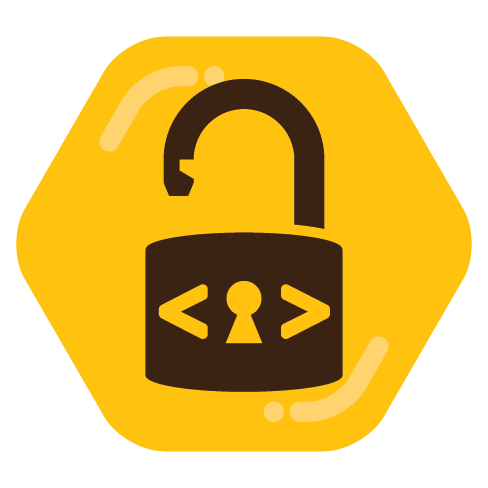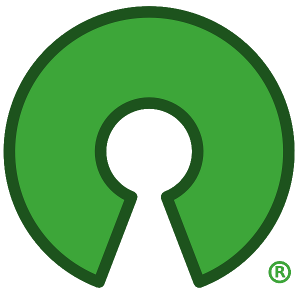

Github login does not help much… devs are on github, not on random forgjo instances. That’s where they see your project. Github is also where they put their fork of your project when they play with it. They will write comments using github markdown and won’t care whether that renders correctly or not in your forge.
And it is where they will report issues and open a PR. It is annoying, but it is how it is. When you ask them to open the PR elsewhere they complain sinde they need to set up an account there and copy ssh key and similar things. You need a very dedicated contributor to go through with all that… especially if it is just a few lines of drive-by fixes.



I’d go for open source projects. They usually have bigger code bases and good practices, that they enforce on their contributors with code reviews and such.
It’s a good way to get feedback on your code, something miss out on personal projects and get much less of in university and corporate projects.